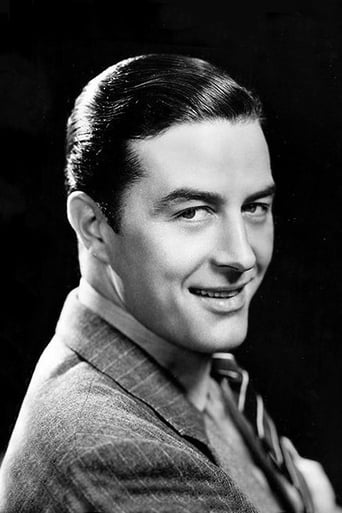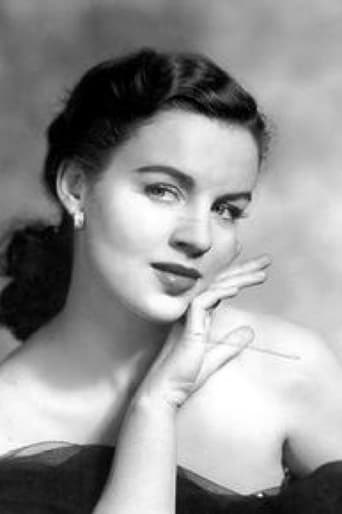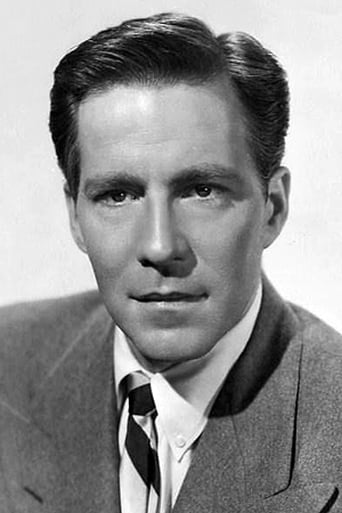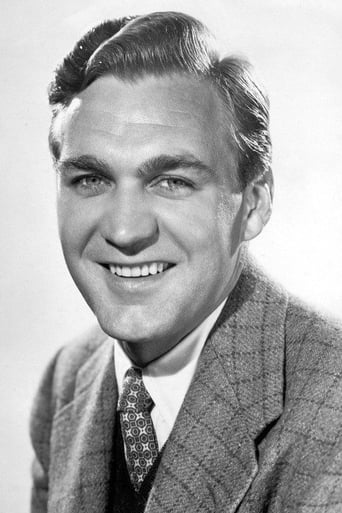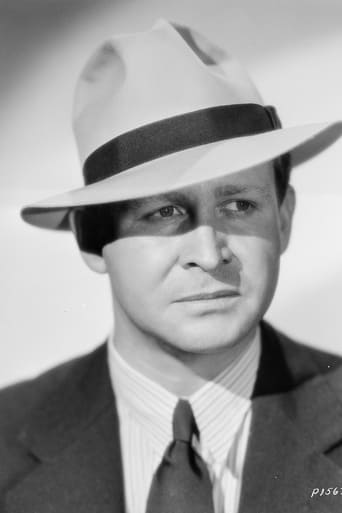SpuffyWeb
Sadly Over-hyped
Protraph
Lack of good storyline.
ThedevilChoose
When a movie has you begging for it to end not even half way through it's pure crap. We've all seen this movie and this characters millions of times, nothing new in it. Don't waste your time.
Bluebell Alcock
Ok... Let's be honest. It cannot be the best movie but is quite enjoyable. The movie has the potential to develop a great plot for future movies
MartinHafer
When the film begins, you see Captain Shafter (Ray Milland) being thrown out of the Cavalry for attacking another officer. The exact circumstances are unknown.In the next scene, years have passed and Shafter is heading west on a stage coach. He is going to re-enlist in the Cavalry under an assumed name...and wouldn't you know it that the guy he attacked years ago (Hugh Marlow) is there and looking to get revenge on Shafter. All this, by the way, is set during the period in which Crazy Horse is on the rampage and heading to a showdown at the Little Big Horn.This is a very standard western and Milland is just fine. There is nothing particularly bad nor good about this one...a decent time passer with a satisfying finale.
alanrhobson
This is one of my favourite 'B' Westerns. It is highly enjoyable and very underrated (for example, in Halliwell's Film Guide, it gets no stars at all!).The cinematography and location filming are very impressive and evocative. The action scenes are exciting and well staged. The scene compositions are particularly well done. For example, in the confrontations and battles between cavalry and Indians, we often see both sides at once, in one shot, making it a lot more realistic and engrossing than cross-cutting between one side and the other.Sometimes there are moments that are gripping and even spine-tingling, such as the remorseless advance of the Indians up the cliff towards Forrest Tucker as he makes his heroic last stand.Some of the other reviewers complained about character actor heavies such as Tucker, Barton MacLane and James Millican playing good guys, but actually it is a pleasant change seeing them in sympathetic roles.There are many effective moments, even in brief shots, such as the ironic one when General Custer, on his way to the Little Big Horn, gives a sweeping, nonchalant bow to the woman who asks him to bring all the men home alive.I've seen this film about five times over the last few decades, and it is still just as good!
greenheart
An interesting variation on the story of Custer's last stand. It deals with the same battle with the Sioux, but at a site a few miles away from where Custer and his men were massacred. This premise is a nice angle to focus on although I'm not sure that any part of this has any historical battle. The scenery is breathtaking and we were treated to arrows in the back, Indians flying off horses, hand to hand combat and fisticuffs between soldiers. Ray Milland looks alarmingly like John Wayne, but I enjoyed his performance. Too much of the movie concentrates on a love triangle between Milland, his boss and seemingly the only female in the whole area. Quite frankly, both men needed their heads banging together and told to get on with the job in hand. But where would the drama be in that? Despite this whole feud becoming a little tiresome, this was an interesting piece and is well worth a view.
Brian Camp
BUGLES IN THE AFTERNOON (1952) uses the stirring saga of Custer's Last Stand as a backdrop for a rather trite story of a love triangle involving two cavalry officers in love with the same woman. Ray Milland plays Kern Shafter, an army Colonel who was stripped of his rank and dishonorably discharged for stabbing another officer, Captain Edward Garnett (Hugh Marlowe), with a saber during the Civil War. Ten years later, Shafter finds himself on a cavalry outpost in the Dakota Territory, under the command of the very same officer. Soon, they come to blows over a new woman, Josephine Russell, played by Helena Carter. Garnett assigns Shafter to increasingly dangerous missions, culminating in the scouting of Indian positions just before the action at Little Big Horn.There is lots of action, great location photography and numerous enjoyable western scenes of men on horseback fighting Indians and rescuing townsmen and such. Unfortunately the film is badly miscast. Ray Milland is too laidback for a role that required someone a bit younger, tougher and more embittered, like John Payne (who excelled in this kind of role in films like CAPTAIN CHINA, CROSSWINDS and PASSAGE WEST) or a bit more ramrod straight like Randolph Scott, who was making plenty of westerns for the same studio (Warner Bros.) at the time. While she's absolutely gorgeous, Helena Carter has such polished diction and precise finishing school manners that she never appears believable as a settler in this hardscrabble western territory. She never shows emotion and scolds her two would-be lovers with carefully measured words rather than letting loose a little honest fury at them for their ridiculous behavior. Hugh Marlowe excelled at playing smarmy, officious types, but he wasn't much of a tough guy and never poses a sufficiently convincing threat to the hero. Worse, there are three great actors in the supporting cast who excelled at playing heavies-Forrest Tucker, Barton MacLane, and James Millican-yet they all play nice guys here. What a waste! Tucker, in particular, seems to be auditioning for a part in a John Ford western by imitating both Ward Bond and Victor McLaglen.Luckily, the Sioux and Cheyenne are on hand to menace the cavalry. In one of the best scenes, early in the film, Milland rides alone into a band of armed, hostile Sioux to identify and apprehend two braves wanted for murdering a trio of prospectors. Marlowe hopes the Sioux will kill him, but Milland gets his suspects and rides out unharmed. The Sioux are led by Chief Red Owl, played by Indian actor John War Eagle. The other Sioux are all played by real Indians as well. Later in the film, Sheb Wooley is seen briefly as Custer. George (Superman) Reeves has a small part as one of the cavalry officers. The film was produced by William Cagney (James's brother), directed by Roy Rowland, and written by veteran screenwriters Geoffrey Homes and Harry Brown from a novel by famed western author Ernest Haycox.
